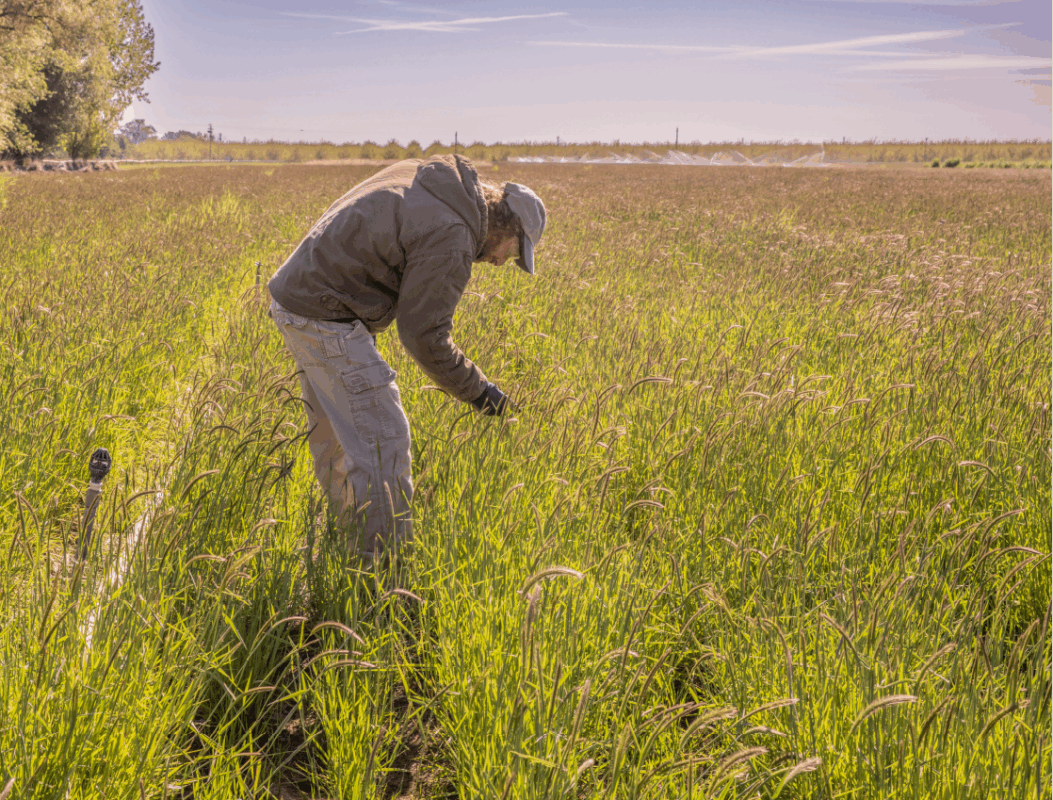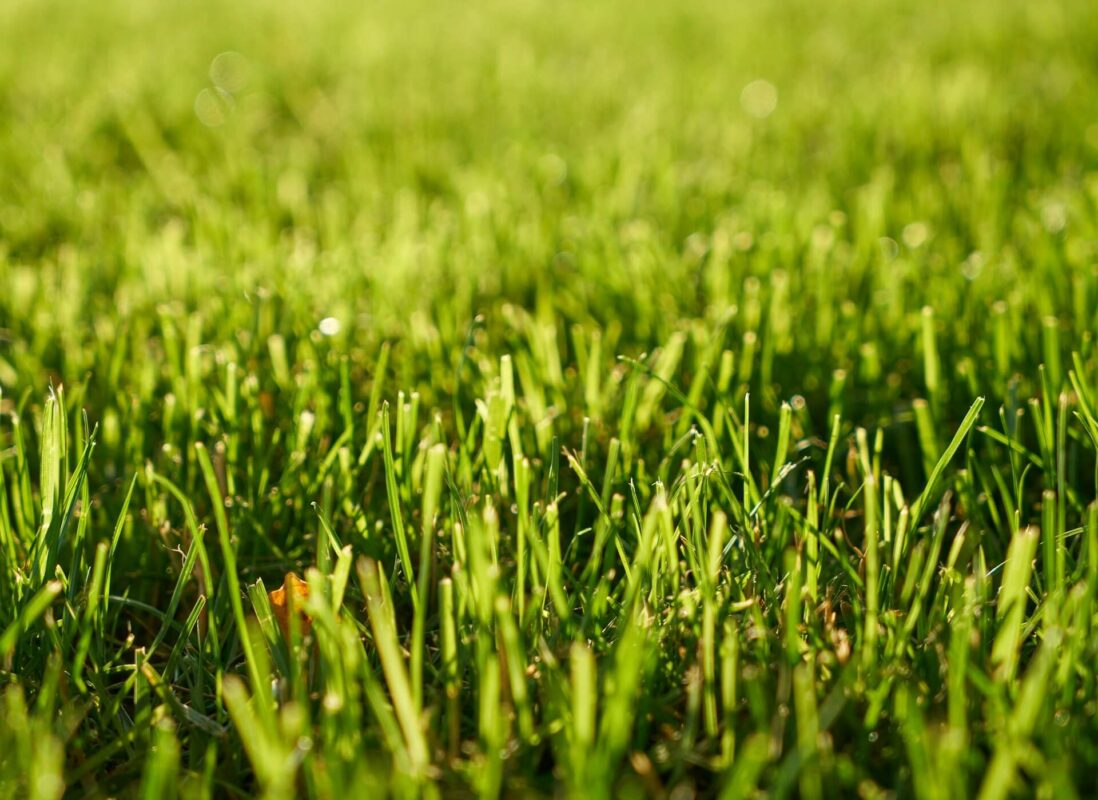Labor Day Sale
use coupon "LABOR2025" to get 10% OFF!!
ends Sept 2, at Midnight
High-Quality Seed
Free from Fillers & Curated for You
Labor Day Sale
Use Coupon "LABOR2025" to get 10% OFF!!
Tuesday, August 26 - September 2 at Midnight
No Filler
Non-GMO
Curated by experts
Farm Direct
Best Sellers
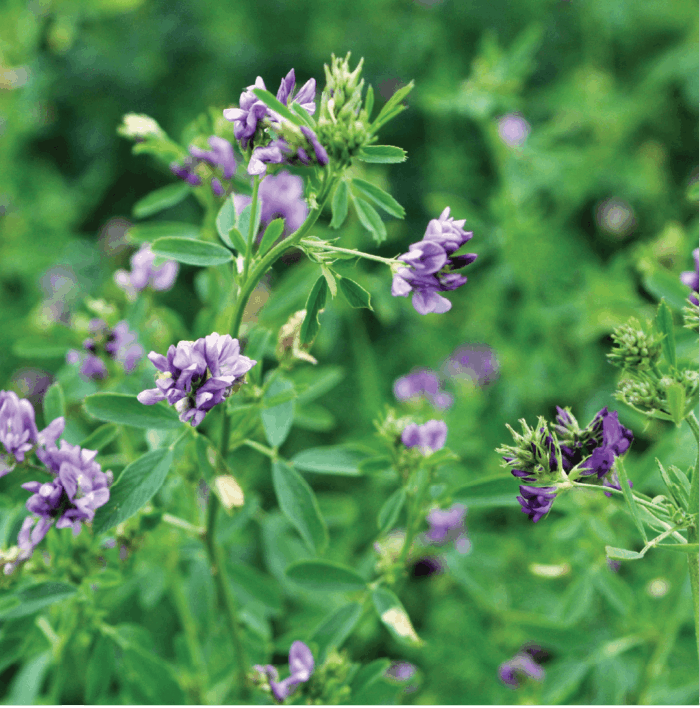
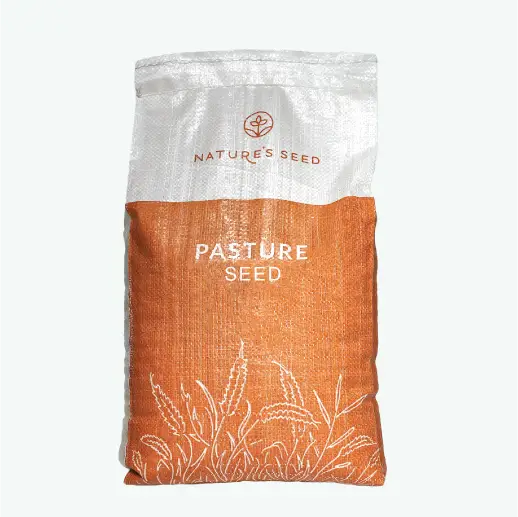
Alfalfa
(4.7) - 145 reviews
$6.99/lb
Cattle, Poultry, Sheep, Goats, Horse, Bison, Alpaca/Llama
Northern USDA Regions (3-5), Southern USDA Regions (8-10), Transitional USDA Regions (6-8)
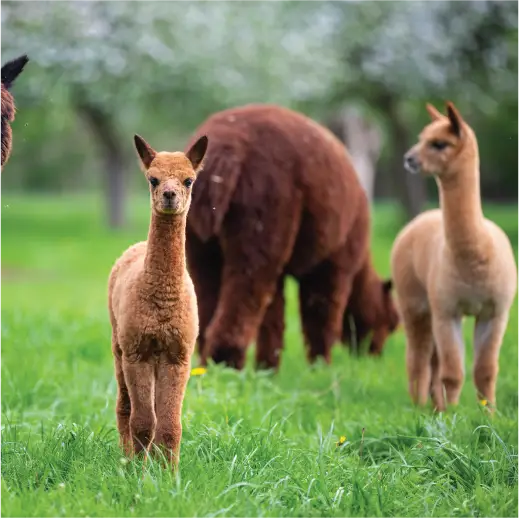
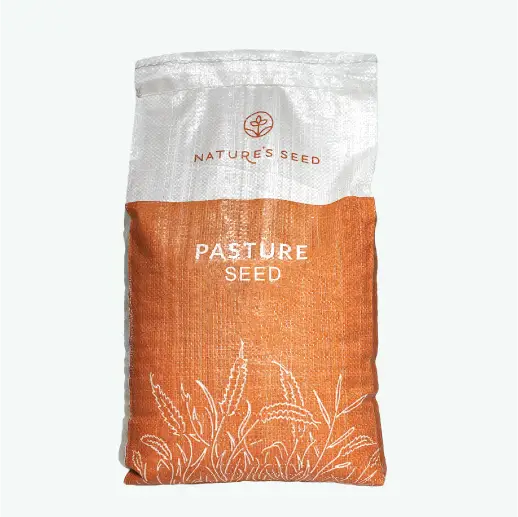
Alpaca & Llama Forage Mix
(4.7) - 145 reviews
$2.40/lb
Alpaca/Llama
Northern USDA Regions (3-5), Southern USDA Regions (8-10), Transitional USDA Regions (6-8)


Bahiagrass
(4.7) - 145 reviews
$16.99/lb
Cattle, Sheep, Goats, Horse
Southern USDA Regions (8-10)
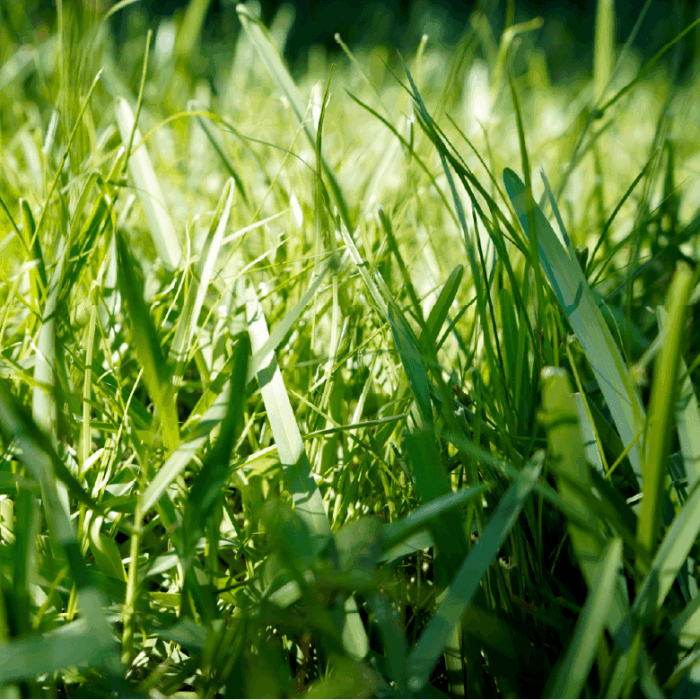
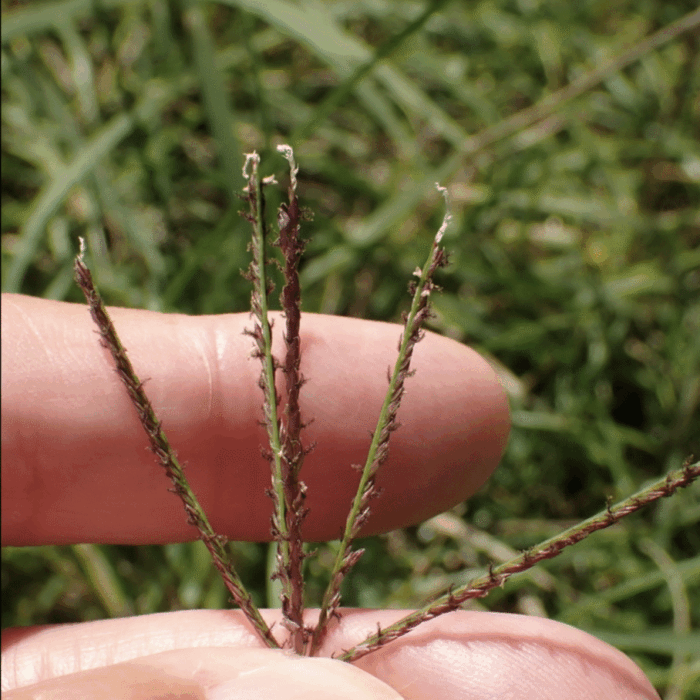
Bermudagrass
(4.7) - 145 reviews
$7.99/lb
Cattle, Poultry, Sheep, Horse, Bison, Alpaca/Llama
Northern USDA Regions (3-5)
What Nature's Seed Customers Say
- Scott Cole
I live in the Pacific Northwest and bought the bee pasture blend…I love it, the bees love it, and my chickens love it. Coming back for more and some other blends. I would highly recommend these products. Thank you!
- Brian H
It was a real pleasure to order from you! The seeds are sprouting, and the delivery was as promised! Thank you!
- Enid L
I was thrilled to find you. I live in an HOA community in AZ. They weren’t happy with me when I started gardening but my yard is now so fabulous that other residents want a garden like mine!
- April H
Had a great experience! One of the best seasons I had with my pasture!
- Jenn MF
Who We Are
The NativeSeed Group is not just North America’s only vertically-integrated seed company—we are a team of passionate seed scientists, farmers, and conservationists dedicated to helping land thrive.
We source our seed from our own strategically-located production farms spanning thousands of acres; through a vast wildland seed collection network across 13 western states; and through partnerships with producers across the U.S. and Canada.
